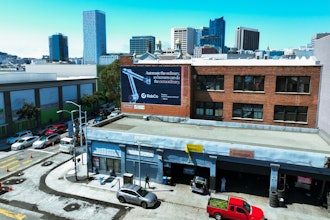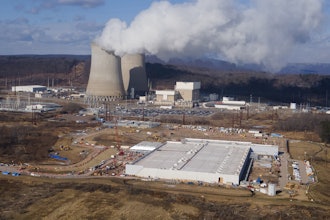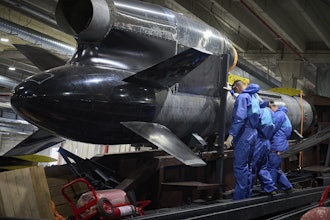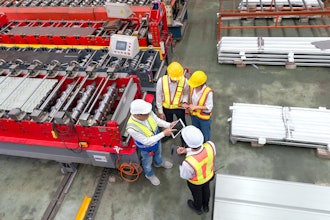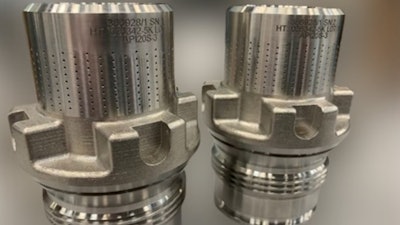
While supply and demand create market fluctuations in the energy industry, keeping production equipment operating smoothly remains an ongoing supply chain issue for O&G operators, independent of market conditions.
Whether it is upstream, midstream or downstream operations, components that are vital to maintaining critical equipment require replacement over time. Due to long conventional manufacturing lead times, O&G operators have historically been forced to maintain high-volume inventory programs, but this is both costly and inefficient. This issue is further compounded when the parts are complex in nature.
O&G operators need a way to acquire key replacement parts reliably and quickly for facilities in distant corners of the world without having to stockpile expensive inventory of existing parts at every location.
For this reason, O&G operators and their component suppliers are becoming increasingly enthusiastic about the potential of additive manufacturing (AM) to support a more rapid response to this supply chain challenge.
The potential for AM, specifically on the metals side, to create an agile, distributed supply chain has been a discussion point in the industry for a while, but obstacles have remained in real-world implementation.
An end-to-end metal AM system allows OEMs to quickly manufacture mission-critical parts for O&G operators without extensive redesigns. Such a fully integrated solution consists of print preparation software that applies a generalized set of recipes based on the design’s native CAD file, a printer that executes the print file, and quality assurance software that ensures the health of the tool and monitors the build, layer-by-layer.
Additionally, the American Petroleum Institute has now published API20S, the first-ever O&G-industry sanctioned specification for metal AM. This spells out processes, testing, documentation and traceability, among other requirements, for manufacturers of metal AM components being used in O&G facilities of all types.
A joint project between a major O&G operator, IMI Critical, Knust-Godwin and AM-system provider Velo3D has resulted in the delivery of highest-criticality (Additive Manufacturing Specification Level 3), first-article component-builds that are now being tested in the field.
---
Zach Walton, Director Technical Business Development, Velo3D











